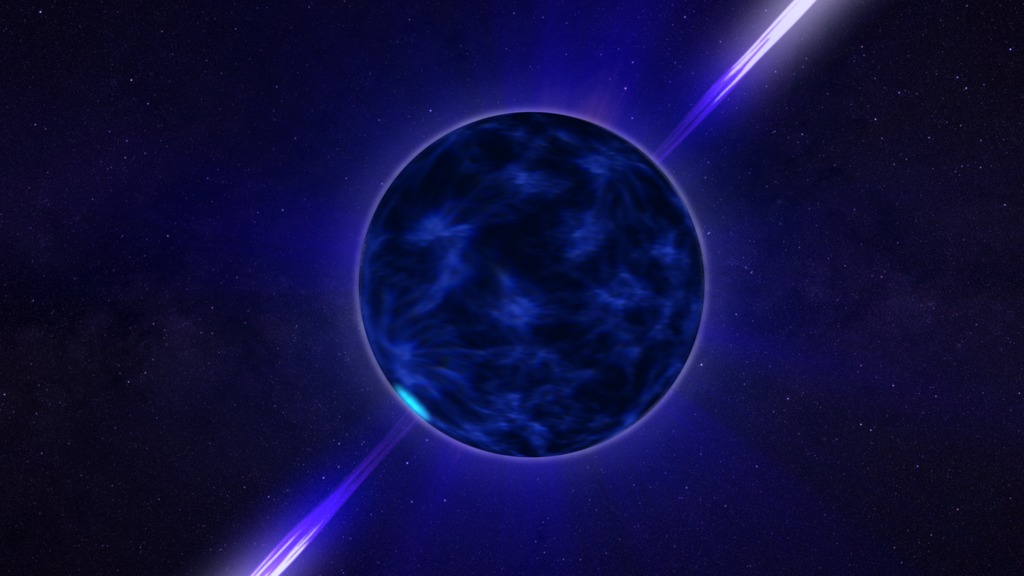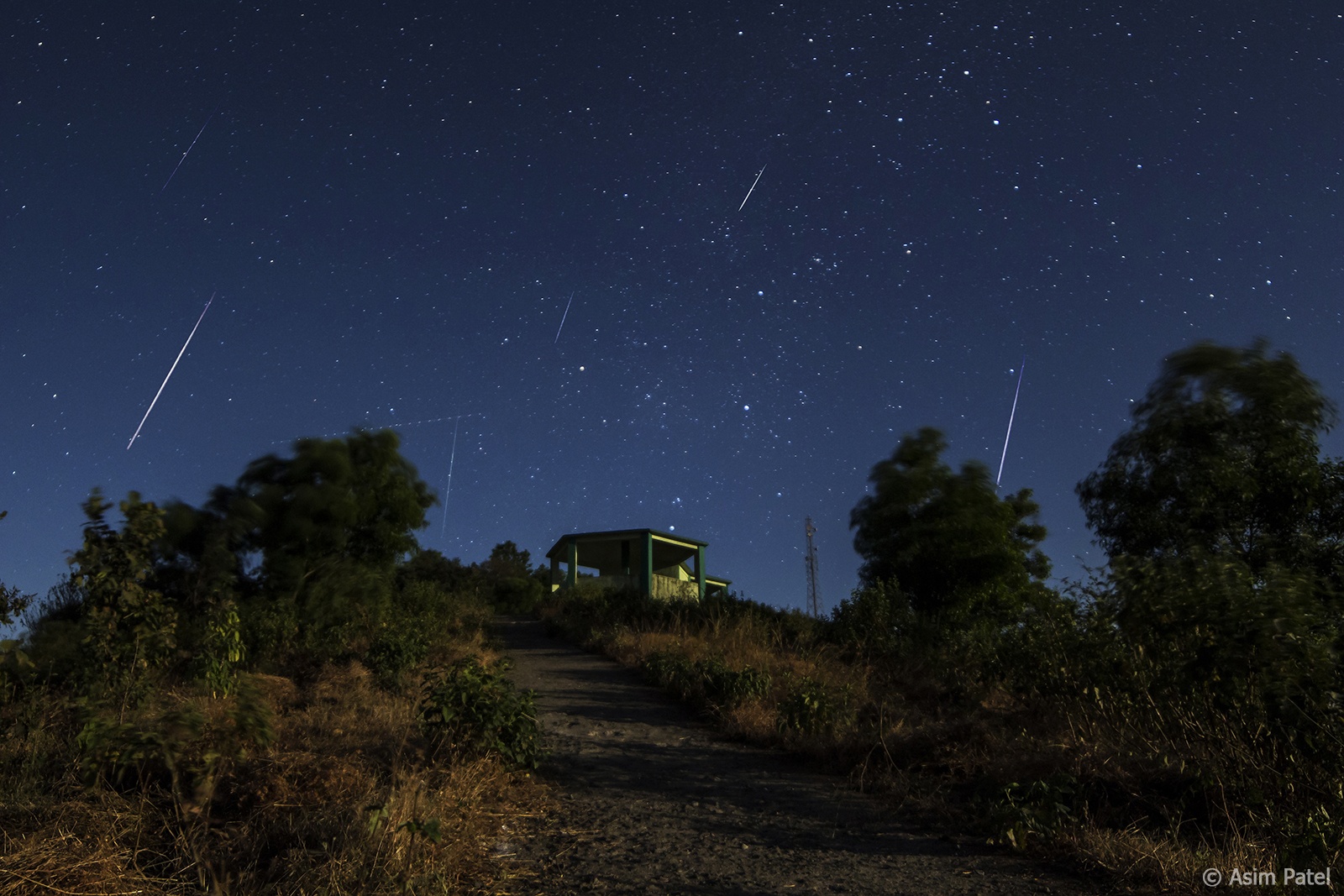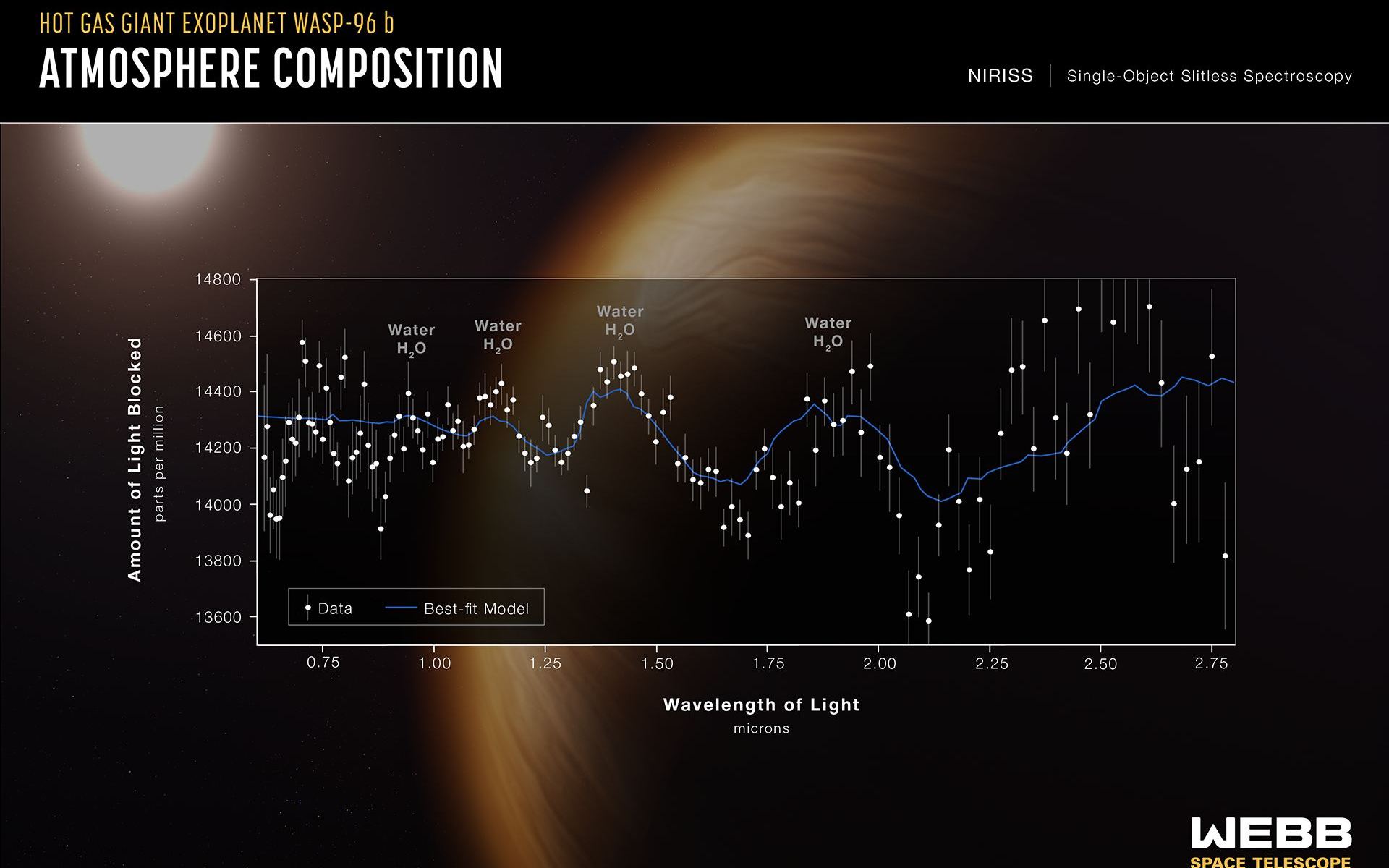The first stars of the universe were very different than the stars we see today. They were made purely of hydrogen and helium, without heavier elements to help them generate energy in their core. As a result, they were likely hundreds of times more massive than the Sun. But some of the first stars may have been even stranger. In the early universe, dark matter could have been more concentrated than it is now, and it may have powered strange stellar objects known as dark stars.
Continue reading “Nancy Grace Roman Could Detect Supermassive Dark Stars”A Brown Dwarf is Getting Hit With So Much Radiation it's Hotter Than the Sun
Hot Jupiters are large gas planets that orbit their star closely. Unlike our Jupiter, which radiates more heat than it gets from the Sun, hot Jupiters get more heat from their star than from their interior. As a result, they can have a surface temperature of 1,000 K rather than the 160 K that Jupiter has. They are one of the more common types of exoplanets and the easiest type of exoplanet to discover.
Continue reading “A Brown Dwarf is Getting Hit With So Much Radiation it's Hotter Than the Sun”Parker Solar Probe Makes a Surprising Discovery About the Source of the Geminid Meteor Shower
If you’ve ever seen a meteor shower, you know it can be an amazing sight. You watch the skies as every few moments there’s a streak of light. Sometimes bright and in your field of vision. Sometimes starting just out of the corner of your eye. Although a meteor can occur at any time, they tend to appear at certain times of the year, such as the Perseids of August, or the Orionids of October.
Continue reading “Parker Solar Probe Makes a Surprising Discovery About the Source of the Geminid Meteor Shower”An Unfortunate Planet is Undergoing “Extreme Evaporation,” Melting Under the Extreme Heat From its Star
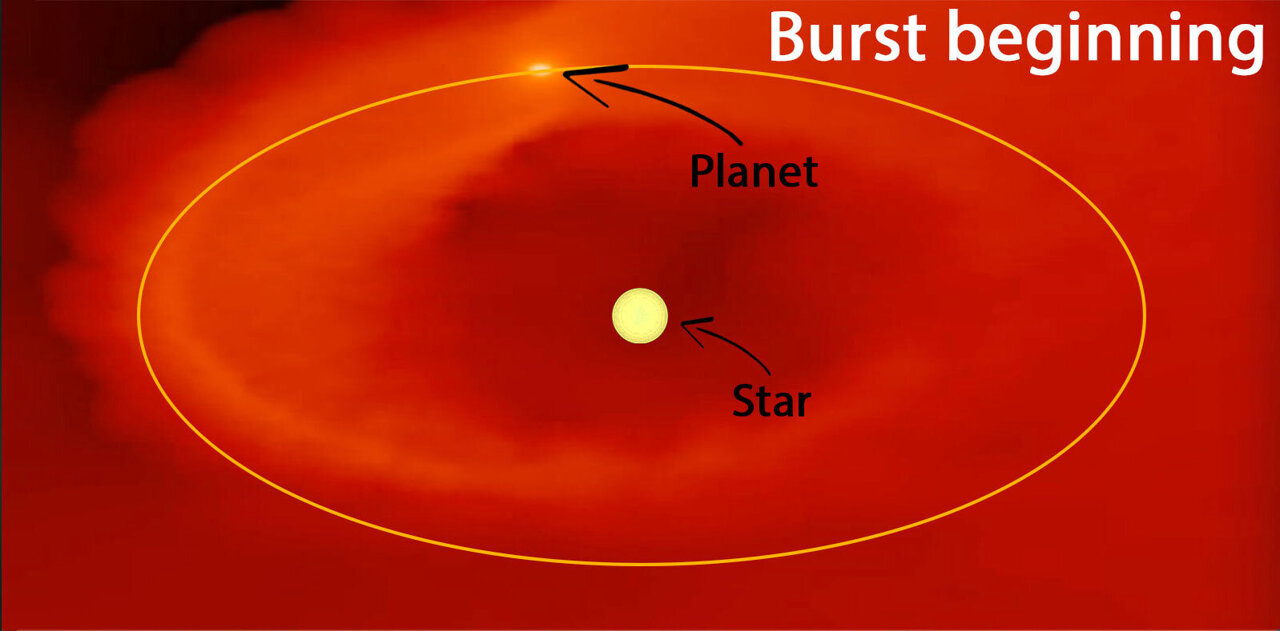
FU Orionis is an unusual variable star. It was first seen as a magnitude 16 star in the early 1900s, but in the mid-1930s it rapidly brightened to a magnitude 9 star. The rapid brightening of a star was not unheard of, but in this case, FU Orionis did not fade to its original brightness. Since 1937 it has remained around magnitude 9, varying only slightly over time. For decades the mysterious star was thought to be unique, but in the 1970s similar stars were observed, and are now known as FU Orionis objects. Astronomers still had no real idea what could cause such a dramatic change, but a new study argues that it could be caused by a dying young planet.
Continue reading “An Unfortunate Planet is Undergoing “Extreme Evaporation,” Melting Under the Extreme Heat From its Star”Astronomers Have Never Detected Merging Supermassive Black Holes. That Might Be About to Change
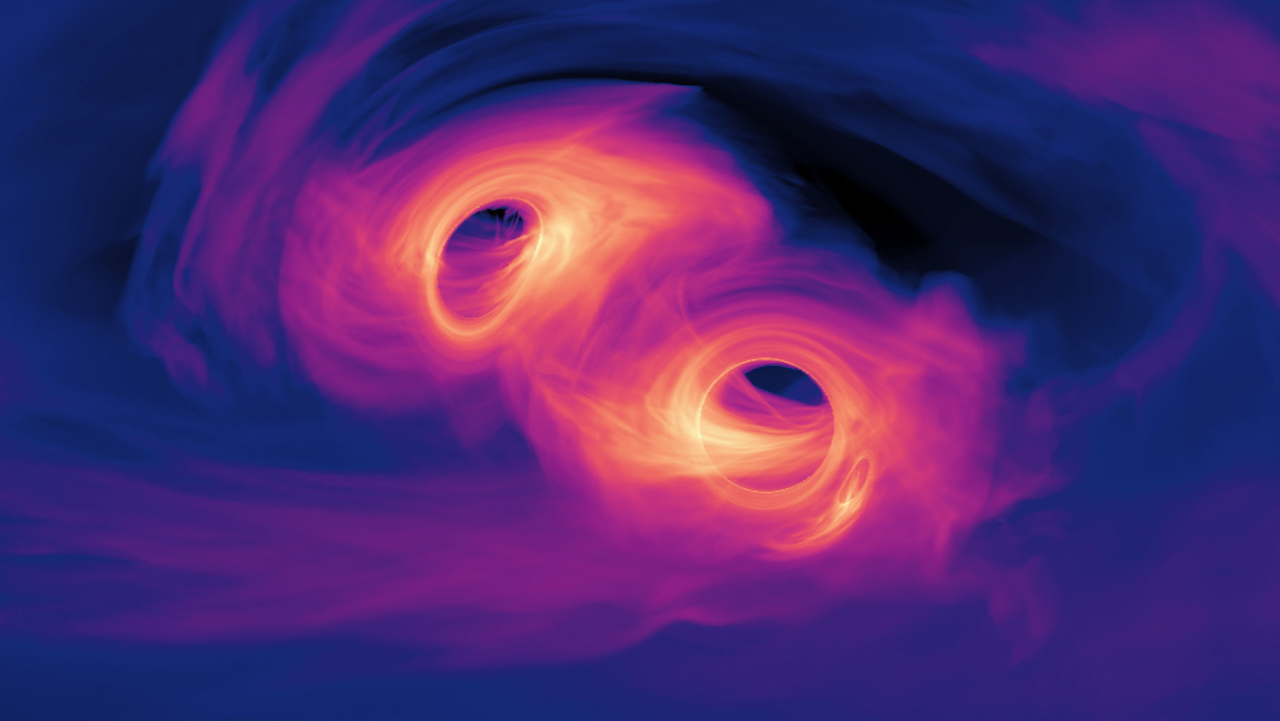
Gravitational wave astronomy currently can only detect powerful rapid events, such as the mergers of neutron stars or stellar mass black holes. We’ve been very successful in detecting the mergers of stellar mass black holes, but a long-term goal is to detect the mergers of supermassive black holes.
Continue reading “Astronomers Have Never Detected Merging Supermassive Black Holes. That Might Be About to Change”JWST is Powerful Enough to See a Variety of Biosignatures in Exoplanets
The best hope for finding life on another world isn’t listening for coded messages or traveling to distant stars, it’s detecting the chemical signs of life in exoplanet atmospheres. This long hoped-for achievement is often thought to be beyond our current observatories, but a new study argues that the James Webb Space Telescope (JWST) could pull it off.
Continue reading “JWST is Powerful Enough to See a Variety of Biosignatures in Exoplanets”More Evidence of Massive First Generation Stars
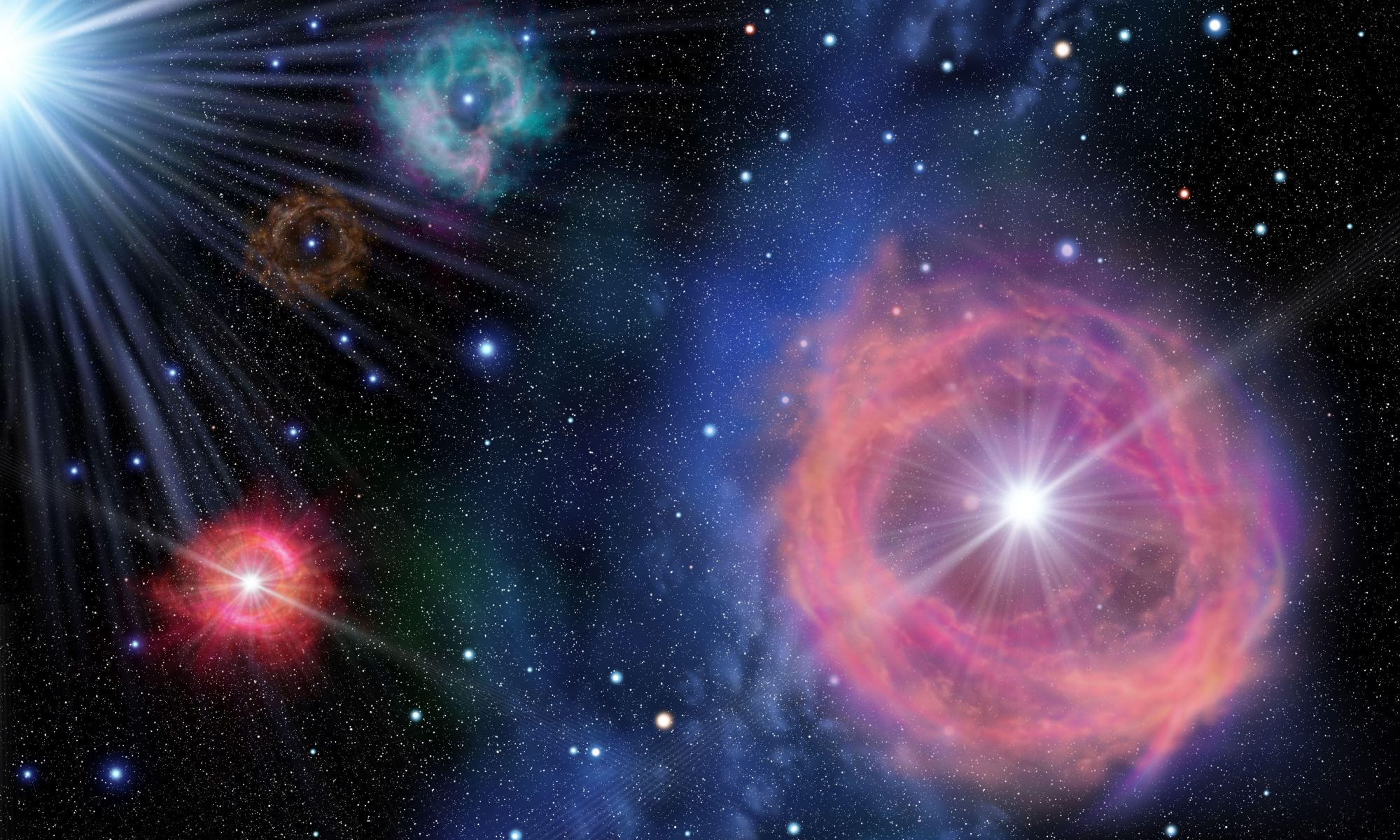
A few days ago I wrote about the search for Population III stars. These stars were the first stars of the universe. Giant beasts hundreds of times more massive than the Sun, composed only of hydrogen and helium. These massive stars would have been very short-lived, exploding as brilliant supernovae in less than a million years. But Population III stars were so massive, their supernovae were uniquely different from the ones we see today, so our best way to find evidence of them is to look for their supernova remnants. And a recent study published in Nature may have found some.
Continue reading “More Evidence of Massive First Generation Stars”Has JWST Finally Found the First Stars in the Universe?
In astronomy, elements other than hydrogen and helium are called metals. While that might make your high-school chemistry teacher cringe, it makes sense for astronomers. The two lightest elements were the first to appear in the universe. They are the atomic remnants of the big bang and make up more than 99% of atoms in the universe. All the other elements, from carbon to iron to gold, were created through astrophysical processes. Things like nuclear fusion in stellar cores, supernova explosions, and collisions of white dwarfs and neutron stars.
Continue reading “Has JWST Finally Found the First Stars in the Universe?”If Black Holes Evaporate, Everything Evaporates
Hawking radiation is one of the most famous physical processes in astronomy. Through Hawking radiation, the mass, and energy of a black hole escape over time. It’s a brilliant theory, and it means that black holes have a finite lifetime. If Hawking radiation is true. Because as famous as it is, Hawking radiation is unproven. The theory is not even theoretically proven.
Continue reading “If Black Holes Evaporate, Everything Evaporates”Exactly How Massive is the Milky Way?
How do you weigh a galaxy? It’s an astronomical challenge, particularly if it’s the galaxy you call home. It turns out there are several ways to get a handle on the mass of the Milky Way, and a recent study summarizes these methods to present the best value.
Continue reading “Exactly How Massive is the Milky Way?”
